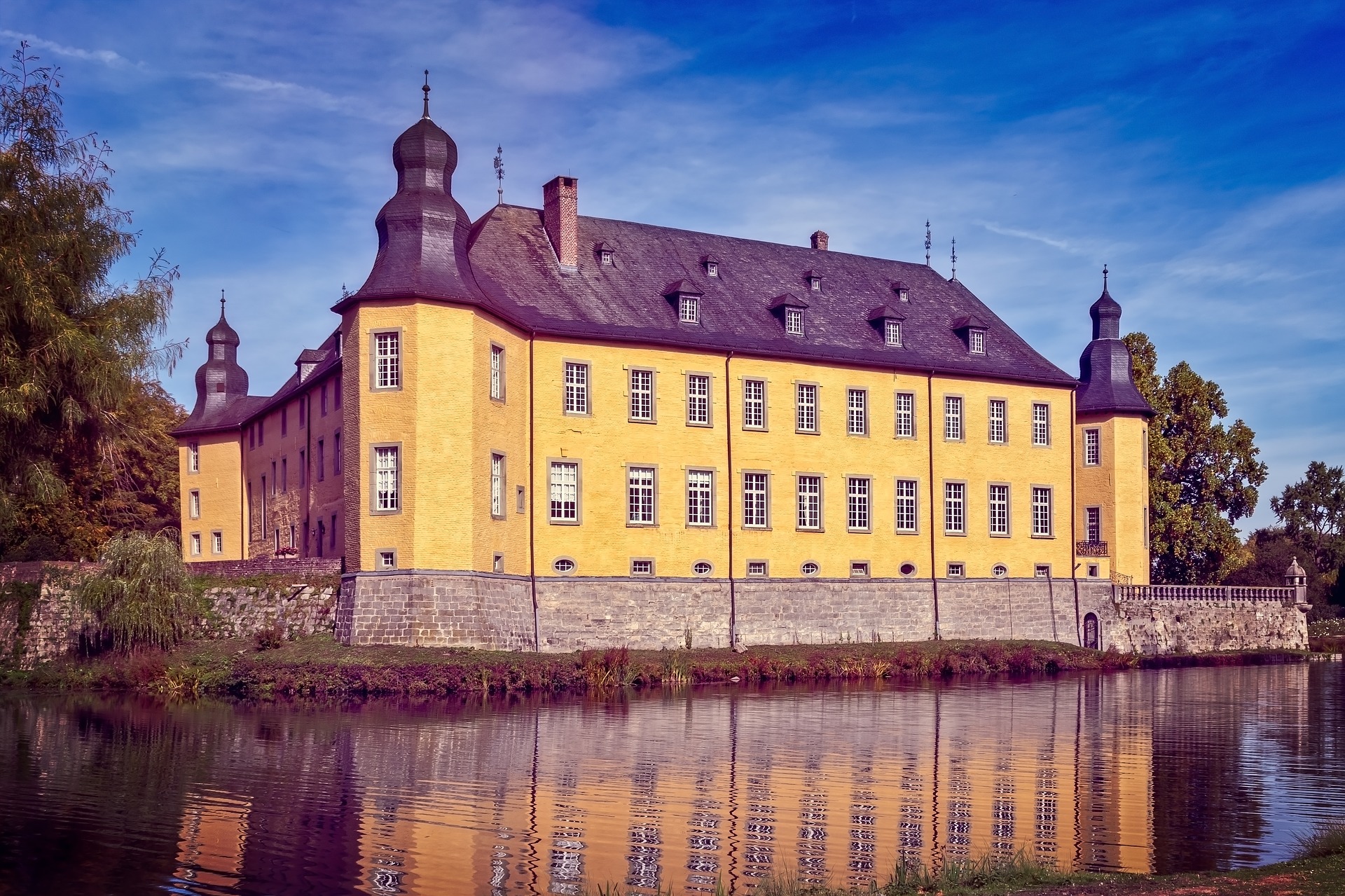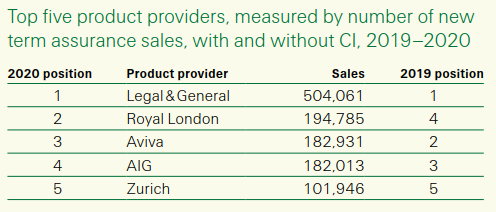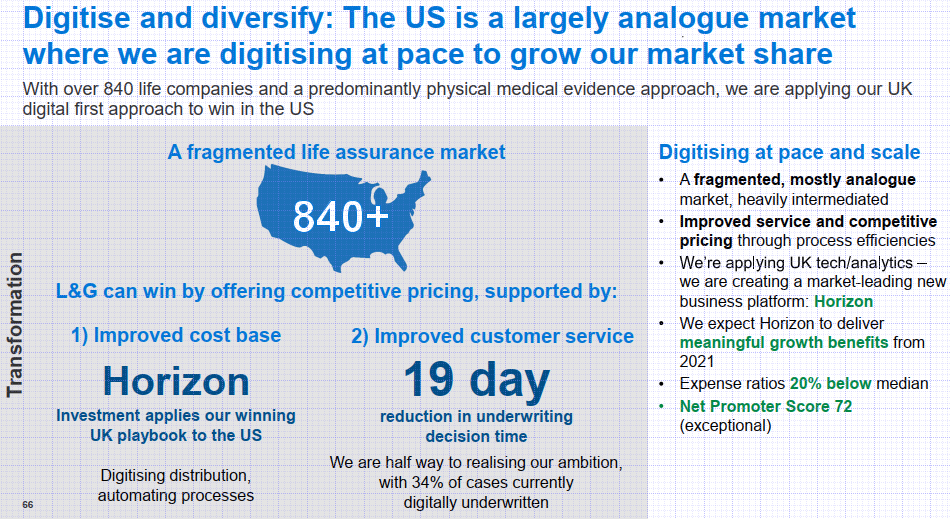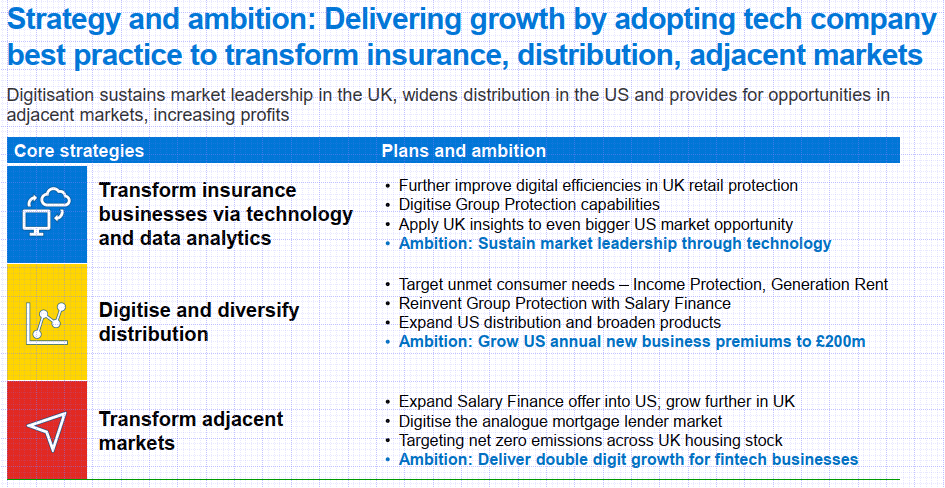Three protection moats
What stops a protection challenger from getting into the top 5: the protection premiership? Elsewhere we look at how companies can enter a challenger cage, defeating themselves. But perhaps, instead, incumbents have established economic moats? This article examines three.
Part of a series on protection challengers:
- Arrivals and departures. A history of challengers.
- A challenger game plan. Improving your odds.
- Challenger cages. Why scaling up is hard.
- 3 Premiership moats. Which, if any, are real?
- Swiss Life's Solutions. A giant leap in 18 months.
- Easylife Protection. The UK's first instech?
- They shook protection. A tale of two companies.
- Happy April 1st. Self Assurance returns!

Most of the top players reinsure most of their business. Persuading reinsurers of your vision, credibility and ability to deliver is key to success, but to limit the article’s scope I’ll take this as a given. I’ll also assume you have or can rent an appropriate insurance licence.
Three premiership moats
Based on 2020 sales, the top 5 term providers were:

Source: Swiss Re’s TermWatch 2021
The most obvious question is simply “have premiership insurers got a moat?” Given the two obvious gaps in the above table it makes sense to consider three potential moats:
- top 5: can anyone break in?
- top 4: can Zurich (or others) bridge the gap?
- L&G: can anyone catch them?
[1] Is there a premiership moat?
Some recent history
The top 5 is unchanged since 2017. The order has changed a little, but L&G has always remained top; in 2020 L&G was also top for Income Protection (where LV= appears in 4th position and The Exeter in 5th) and stand alone CIC (where Vitality takes 5th).
That stability (and more) can be deduced from the following:
Term premiership history: 2000-2020

Source: Swiss Re’s TermWatch, 2000-2020 new business
Eleven providers have been in the top 5 since 2000. Ignoring the current top 5:
-
Scottish Widows was the most successful in terms of market share, talking almost a sixth of the market at one point. Entering the IFA market in 2016, their current share is closer to 5%.
-
Scottish Provident shook the market in 1996. Its results are impressive, given that it was a pure IFA market player. But it sank rapidly after it was bought by Abbey in 2000.
-
RBS and HSBC enjoyed more limited success, based on bank sales. HSBC entered the IFA market in 2019, but Widows look more likely to challenge for a second time.
-
AXA flirted for a couple of years, but never really built scale and was sold to Resolution in 2011 and on to Aviva in 2015. AXA sold the rest of its UK life and savings business in 2016.
-
Friends Provident was a mutual with a great heritage and reputation. It was bought by Resolution who bundled them and AXA and BUPA’s protection business into Friends Life. Aviva bought Friends Life in 2015 and the brand disappeared shortly after.
Turning to the current top 5:
-
Aviva and L&G have been ever-present. Before 2003 Aviva (then Norwich Union) was top, with a market share of around 20% at times. But starting with a market share of just 10% in 2000, L&G overtook them in just 4 years and in recent years their share has been 30%+.
-
Royal London first appeared in the top 5 in 2010, having set up Bright Grey in 2003. It later bought the (much reduced) Scottish Provident. Royal London grew strongly in 2020.
-
Zurich re-entered the IFA protection market in 2005. With a slow burn, it entered the top 5 in 2015, with a market share of 8%, but has been running at 6%-7% more recently.
-
AIG is shown as first being top 5 in 2013, but actually it was Ageas - more on this below. Swiss Re show them as AIG from 2014, when the AIG/Ageas deal was announced.
Just one challenger breaks through
Since ScotProv’s dramatic 1996 Self-Assurance launch - and ignoring acquisitions - at most one protection challenger has broken into the protection premiership. There’s a story in that.
Fortis Life launched in mid-2008, under the leadership of Martin Werth and with a Real Life Cover product co-designed with Lifesearch. Fortis was renamed Ageas in 2010.
By the end of 2011, three key staff (all ex-Munich Re actuaries!) including the founder had left, but the new team enjoyed further success, entering the top 5 in 2013. AIG bought Ageas Protect in 2015, dropping out of the premiership for two years, but re-entering in 2017.
So, is there a premiership moat?
Despite the stability since 2017, I think not.
Looking backwards, Zurich took 10 years to enter the premiership, eased in by the departure of a declining Scottish Widows. Ageas was quicker at 5 years. ScotProv and L&G were dynamos:
- ScotProv gained a 30% IFA market share in 4 years
- L&G got 20% of the whole protection market in 4 years …
- … gradually increasing its share to over 30%
So, there have been different types of breakthrough.
Looking forwards, consider three players outside the 2020 premiership:
- Vitality has a market share of almost 8%, based on premium
- LV= increased its new business by c30% in 2021 to £39m
- Scottish Widows doubled new business to £32m in 2021
Vitality must be closing in on Zurich, which is top 5 based on policies. The others have market shares of 5-6%, but LV= will be determined, given its recent ownership challenges and Widows recently reiterated its aim to be a top 3 protection player by 2025.
I see no moat. Zurich’s position seems vulnerable.
[2] Is there a top-4 moat?
We have already seen that Zurich took 10 years to enter the premiership. Unlike some others, it has been unable to kick on. A big gap has emerged between 4th and 5th position:

I’ve no proof, but here’s my perspective on the gap.
- Reinsurance. Zurich uses internal reinsurance. Conventional reinsurance has many advantages. It allows a protection business to focus on important areas beyond mortality and morbidity. Reinsurers compete, with natural downward pressure on prices.
- Protection team. Zurich runs with a small protection team compared to those with bigger sales. I’m against bloat, but I can’t help but think that has implications for analytics and price optimization, for example. It might mean you over-price life and under-price CIC.
- Product focus. Zurich emphasizes product quality, most recently launching its stand-alone critical illness cover. For other premiership players I believe the products (interpreted narrowly as policy benefits) support less visible areas on which they compete.
- Underwriting. This seems their strong suit: with a neat pre-app tool and a high straight through rate, Zurich is well placed.
I am confident that Zurich could close the gap if it really wanted to, and am just puzzled that it hasn’t. Resources? Priorities? I believe the 4th-5th gap will narrow in the coming years. My guess is that it will be closed by someone other than Zurich.
I conclude that there is no moat between 4th and 5th.
[3] Has L&G got a moat?
Despite impressive progress from Royal London over 2020, the gap between L&G’s share of 31.7% and Royal London’s 12.3% is 19.5%. That’s the second highest gap ever, just behind L&G’s record year in 2015, where it took almost 36% of the market.

One reader, who had worked at L&G, commented:
I read they shook protection and agreed with your analysis. L&G’s strategy is easy to communicate and difficult to copy. L&G have been very good over the years at focusing on the essentials and not ducking difficult decisions.
Let’s unpick each of those four statements.
L&G’s strategy is easy to communicate
At one level, certainly:
Our purpose is to improve the lives of our customers, build a better society for the long term and create value for our shareholders. This inspires us to use our long-term assets in an economically and socially useful way to benefit everyone in our communities.
Source: L&G’s about us
But that doesn’t help if you’re trying to copy L&G’s success. Not surprisingly, L&G doesn’t publicize its protection strategy widely. But important elements can be deduced by observing its behaviour and talking to intermediaries.
Some areas of strategic intent and ambition are published - see the culture section below - and other items (e.g. on distributor quality management - DQM) become clear if you can read between the lines.
Originally price-focused, L&G now competes on less visible items, such as underwriting, mortality management and analytics. It can still price term and can apparently negotiate a mean reinsurance deal. Having mastered the essentials, it is now replicating these across adjacent markets.
L&G’s strategy is difficult to copy
A competitor or challenger must master the essentials - see the next section. In principle these can be copied but, for some, L&G will have a 20-year head start. Some won’t have the stomach.
With that head start L&G now has an ambition to kick on. It’s hard to copy culture.
L&G focus on the essentials
I’d strongly agree. Some insurers have built real capability over decades, particularly in the areas of analytics, underwriting and pricing - L&G more than any. But anyone else could have this focus.
The table below sets out what I deem to be essentials:
| Essential | Moat / competitive advantage |
| Distribution | Scale and partnerships. |
| Products | These can largely be copied. |
| Analytics | e.g. not having DQM worsens reinsurance terms in the IFA+ channel. |
| Pricing | The best understand price elasticity and optimization. |
| Underwriting | Most of the top 5 now have 80%+ “straight through” rates. |
| Systems | You can buy competitive systems. |
Having the right channel strategy helps you scale. Partnerships help, but it’s not just L&G that has them; Aviva got in early too and AIG has developed them. AIG sales in 2021 were £73m, 18% from partners (Direct Line, NFU Mutual, Neilson, Post Office, RBS and Yorkshire Building Society).
L&G don’t duck difficult decisions
What did the reader had in mind? It could be selling their mature savings business in 2017, but I can think of three protection candidates:
Cutting prices to send a message. In 2011, when Richard Verdin was MD of Aviva’s UK Protection business Aviva closed the gap, I believe taking the largest market share for one quarter. L&G responded ruthlessly on pricing. At the and of the year L&G was just 2.1% ahead, but over the next few years the gap was 6.0%, 12.6%, 18.2% and in 2015 20.6% - the largest ever.
DQM. This was started around 2003 and from the outset had a positive focus - note even the subtle change from “distributor” to “distribution”.
Our Distribution Quality Management programme helps you make improvements to your business through additional training, system and process changes, with hands-on support from our experts. Each of the programme’s strategies and tools has a dedicated purpose, with the common aim of improving business and customer outcomes.
Source: L&G sales aid
But, where necessary, L&G will cull agents, terminating £20m of cumulative revenues by 2020.
Additional growth after UK market leadership. Let’s just look at two examples:
L&G is positioning itself to have a fintech mindset. It appointed its first MD of Fintech in 2017, with that role now having passed to Wian Pieterse, who certainly has the protection experience.
Legal & General have been industry leaders in technology and innovation for protection for many years and we have the opportunity to bring together the many benefits and strategic advantages that Legal & General enjoys with the fast pace, technology first, customer centric features of successful digital start-ups to create fintech businesses with the aim of delivering exponential growth.
Source: Bernie Hickman, CEO, LGI
There is it again: an appetite for exponential growth. L&G has commercial interests in fintechs, including theidol.com, SalaryFinance and Smartr365.
Perhaps a little less visibly, but at least as ambitiously, L&G moved Stuart Welch their Commercial Director of UK Retail Protection to accelerate their US push. Applying UK insights, they aim to grow their US new business premium to £200m in 5 years.
 Source: L&G 2020 capital markets event
Source: L&G 2020 capital markets event
Why is L&G so successful?
Mastery of the basics
L&G established many of today’s protection essentials and its mastery is unrivalled. I can see no reason why others cannot replicate this. But you need to have the stomach for it, e.g. by targeting term pricing capability, with product development taking a supporting role in the IFA+ channel.
How would a challenger tackle L&G on its “home ground” of the essentials? Of the six, only distribution and (especially) pricing are areas in which L&G might choose to retaliate, causing you pain. On product at worst they would also develop and other areas are less visible.
Scale might satisfy a challenger but a reinsurer wants even more: volume. Only competitive term pricing in the IFA+ market currently delivers that.
To get competitive and sustainable term pricing you need (of course) decent reinsurance terms and an appropriate expense base. Repricing frequently to avoid being a sitting duck, you need to be able to identify and play in the gaps, not undercut L&G. It’s possible.
Given it’s possible to effectively respond, the essentials alone are not a moat.
Culture and ambition
This is the real reason L&G won’t be caught for years.
We have already seen that L&G doesn’t duck difficult decisions. They also challenge themselves; when I worked at L&G, the Head of Protection at times attended weekly meetings to explain how he was going to drive up volume. Working at L&G is not the route to an easy life!
Almost 20 years of protection market leadership has not led to complacency. Perhaps the least complacent player in the protection market, I suspect L&G would be genuinely puzzled as to why they have been able to maintain their degree of market leadership for so long.
L&G have undimmed and perhaps increasing ambition. This from 2020:
 Source: L&G 2020 capital markets event
Source: L&G 2020 capital markets event
In conclusion
I have suggested three potential moats relating to the protection premiership. I don’t believe that the top 5 itself has a moat, as you can get there with an extreme ability and focus on the essentials. For similar reasons I believe the gaps between 4th and 5th can be closed.
There’s just one moat - the one established by L&G. It’s a combination of technical competence and, more to the point these days, relentless ambition.
How do you compare?